Docker-Compose Command Not Found
# Docker Compose Command Not Found: Troubleshooting Guide
If you are receiving the “docker-compose command not found” error, there are several steps you can take to resolve the issue. This troubleshooting guide will walk you through each step and provide solutions.
## 1. Verify Docker Compose installation
The first step is to verify that Docker Compose is installed on your system. You can do this by running the following command:
“`
docker-compose –version
“`
If you see the output showing the version information, it means Docker Compose is installed. If not, proceed to the next step.
## 2. Update Docker Compose version
It is possible that you have an outdated version of Docker Compose installed, which could cause the “docker-compose command not found” error. To update Docker Compose, follow these steps:
1. Visit the official Docker Compose GitHub page at https://github.com/docker/compose/releases.
2. Look for the latest release version and download the corresponding binary for your operating system.
3. Once downloaded, place the binary in a directory listed in your system’s PATH environment variable. Common locations include `/usr/local/bin` or `/usr/bin`.
4. After moving the binary, try running the `docker-compose –version` command again to verify that the update was successful.
## 3. Check system environment variables
Another possible cause of the “docker-compose command not found” error is incorrect system environment variables. Follow these steps to check and set the necessary variables:
1. Open a terminal and run the following command to view the current environment variable settings:
“`
echo $PATH
“`
2. Ensure that the directory containing the Docker Compose binary is listed in the output. If it is not, you will need to update the PATH variable.
3. To update the PATH variable temporarily, run the following command:
“`
export PATH=”/path/to/docker-compose:$PATH”
“`
Replace `”/path/to/docker-compose”` with the actual path where Docker Compose is installed.
4. To make the change permanent, add the export command to your shell configuration file, such as `~/.bashrc` or `~/.zshrc`.
## 4. Ensure correct PATH configuration
In some cases, the “docker-compose command not found” error might occur because Docker Compose is installed in a directory that is not included in the system’s PATH variable. To ensure the correct PATH configuration, follow these steps:
1. Locate the Docker Compose binary on your system. By default, it is often located at `/usr/local/bin/docker-compose`.
2. Open your shell configuration file (e.g., `~/.bashrc`, `~/.zshrc`) using a text editor.
3. Add the following line at the end of the file:
“`
export PATH=”/usr/local/bin:$PATH”
“`
4. Save the file and exit the text editor.
5. Open a new terminal window or run the following command to reload the shell configuration:
“`
source ~/.bashrc
“`
Replace `~/.bashrc` with the appropriate file if you are using a different shell configuration.
## 5. Resolve conflicts with other software
The “docker-compose command not found” error can occur if there is a conflict with other software installed on your system. Some software packages may override or interfere with the execution of Docker Compose. To resolve conflicts, follow these steps:
1. Check if any conflicting software is installed on your system.
2. If found, try temporarily disabling or uninstalling the conflicting software.
3. Recheck if the “docker-compose command not found” error persists.
4. If the error is resolved, you can install the conflicting software again or find an alternative solution to avoid further conflicts.
## 6. Reinstall Docker Compose
If none of the above steps have resolved the “docker-compose command not found” error, you may need to reinstall Docker Compose. This can help ensure that all necessary components are properly installed and configured. Follow these steps for a fresh installation:
1. Uninstall the existing Docker Compose by running the following command:
“`
sudo rm /usr/local/bin/docker-compose
“`
Replace `/usr/local/bin/docker-compose` with the actual path to the Docker Compose binary if it is installed in a different location.
2. Install Docker Compose using one of the following methods:
For Linux users:
“`
sudo curl -L “https://github.com/docker/compose/releases/latest/download/docker-compose-$(uname -s)-$(uname -m)” -o /usr/local/bin/docker-compose
sudo chmod +x /usr/local/bin/docker-compose
“`
For macOS users with Homebrew:
“`
brew install docker-compose
“`
For Windows users using the official Docker Desktop installation, Docker Compose is included by default.
3. Test if the installation was successful by running the `docker-compose –version` command.
# FAQs
## Q1. Why am I getting the “docker-compose command not found” error on CentOS 7?
A1. CentOS 7 does not come with Docker Compose pre-installed. To resolve this error, you need to install Docker Compose manually by following the steps mentioned above.
## Q2. How do I install Docker Compose?
A2. You can install Docker Compose by following the installation steps mentioned above for your specific operating system.
## Q3. Why am I getting the “docker-compose command not found” error on macOS?
A3. The “docker-compose command not found” error on macOS can occur due to various reasons, such as an outdated version or incorrect installation. To resolve this error, follow the troubleshooting steps mentioned in this article.
## Q4. Why am I getting the “sudo docker-compose command not found” error?
A4. The “sudo docker-compose command not found” error occurs when you try to execute Docker Compose with the `sudo` command but Docker Compose is not in the system’s PATH variable. To resolve this error, follow the troubleshooting steps mentioned in this article to ensure the correct PATH configuration.
## Q5. Why am I getting the “/usr/local/bin/docker-compose: line 1: not: command not found” error?
A5. This error usually occurs when the Docker Compose binary is not installed correctly or has become corrupted. Reinstalling Docker Compose using the steps mentioned above should resolve this error.
## Q6. Why am I getting the “docker: ‘compose’ is not a docker command” error?
A6. The “docker: ‘compose’ is not a docker command” error typically occurs when you are trying to execute a Docker Compose command using the `docker` command instead. To resolve this error, use the `docker-compose` command instead of `docker` to interact with Docker Compose.
## Q7. Why am I getting the “Zsh command not found docker-compose” error on macOS?
A7. This error occurs when you are using the Zsh shell and Docker Compose is not included in the PATH variable. Follow the troubleshooting steps mentioned in this article to ensure the correct PATH configuration for Zsh.
In conclusion, the “docker-compose command not found” error can be resolved by verifying the installation, updating the version, checking system environment variables, ensuring correct PATH configuration, resolving conflicts with other software, or reinstalling Docker Compose. By following the troubleshooting steps provided in this article, you should be able to resolve this error and successfully use Docker Compose for your containerized applications.
Resolve Docker Compose Issues
Keywords searched by users: docker-compose command not found docker-compose command not found centos 7, Docker compose, docker-compose install, docker-compose command not found macos, Sudo docker-compose command not found, /usr/local/bin/docker-compose: line 1: not: command not found, docker: ‘compose’ is not a docker command., Zsh command not found docker-compose mac
Categories: Top 42 Docker-Compose Command Not Found
See more here: nhanvietluanvan.com
Docker-Compose Command Not Found Centos 7
However, when working with Docker on CentOS 7, you may encounter an issue where the “docker-compose” command is not found. In this article, we will explore the root causes of this problem and provide step-by-step solutions to resolve it.
Possible Causes of “docker-compose command not found” Error
There are a few reasons why you may encounter the “docker-compose command not found” error on CentOS 7:
1. Docker Compose is not installed: Docker Compose is not included in the default Docker installation. Therefore, you need to install it separately.
2. Docker Compose is not in the system’s PATH: Even if Docker Compose is installed, the error may persist if it is not added to the system’s PATH.
Solutions to “docker-compose command not found” Error
Solution 1: Install Docker Compose on CentOS 7
To install Docker Compose on CentOS 7, follow these steps:
Step 1: Update System Packages
Before installing any packages, it is recommended to update the system packages to their latest versions. Run the following command to update the system:
“`
sudo yum update -y
“`
Step 2: Install Docker Compose
To install Docker Compose, you can use the following command:
“`
sudo yum install docker-compose -y
“`
This command will download and install Docker Compose on your CentOS 7 system.
Step 3: Verify Docker Compose Installation
After the installation is complete, you can verify whether Docker Compose is installed correctly by running the following command:
“`
docker-compose –version
“`
If Docker Compose is installed correctly, the version of Docker Compose will be displayed in the output.
Solution 2: Add Docker Compose to the System’s PATH
If you have already installed Docker Compose but still encounter the “docker-compose command not found” error, it may be due to the absence of Docker Compose in the system’s PATH.
To add Docker Compose to the system’s PATH, follow these steps:
Step 1: Determine Docker Compose Installation Directory
Run the following command to find the installation directory of Docker Compose:
“`
sudo find / -iname docker-compose
“`
The command will search the entire system for the Docker Compose executable and display the path.
Step 2: Add Docker Compose to the System’s PATH
Once you have determined the installation directory, you can add it to the system’s PATH by editing the “.bashrc” file. Use the following command to open the file in a text editor:
“`
sudo vi ~/.bashrc
“`
Navigate to the end of the file and add the following line:
“`
export PATH=”/path/to/docker-compose:$PATH”
“`
Replace “/path/to/docker-compose” with the actual installation directory.
Save the changes and exit the text editor.
Step 3: Reload the Bash Configuration
To apply the changes, run the following command:
“`
source ~/.bashrc
“`
After completing these steps, you should be able to use the “docker-compose” command without encountering any errors.
FAQs
Q1: How can I check if Docker is installed correctly?
A1: You can check if Docker is installed correctly by running the following command: “docker –version”. If Docker is installed correctly, it will display the version information.
Q2: Can I use Docker Compose with Docker Swarm?
A2: Yes, Docker Compose can be used with Docker Swarm. Docker Swarm is a native clustering and orchestration solution provided by Docker. Compose files can be used to define and manage multi-container applications in a Swarm cluster.
Q3: Are there any alternatives to Docker Compose?
A3: Yes, there are alternatives to Docker Compose, such as Kubernetes and OpenShift. These platforms provide more advanced container orchestration features but have a steeper learning curve compared to Docker Compose.
Q4: Can I use Docker Compose on Windows or Mac?
A4: Yes, Docker Compose is compatible with Windows, macOS, and Linux. However, the installation process may vary slightly depending on the operating system.
In conclusion, encountering the “docker-compose command not found” error on CentOS 7 can be resolved by either installing Docker Compose or adding it to the system’s PATH. By following the step-by-step solutions provided in this article, you should be able to resolve the issue and utilize Docker Compose for managing your multi-container applications effectively.
Docker Compose
In the world of containerization, Docker has emerged as the leading platform for packaging, distributing, and running applications within isolated container environments. Docker Compose, an extension of Docker, is a powerful tool that simplifies the process of orchestrating multi-container applications. In this article, we will explore Docker Compose in depth, covering its benefits, use cases, and providing a comprehensive guide to utilizing its capabilities.
What is Docker Compose?
Docker Compose is a tool that allows users to define and manage multi-container applications using a YAML file. It provides a simple way to configure and run multiple containers that work together to form a cohesive application stack. By defining all the necessary services, networks, and volumes in a single file, Docker Compose automates the process of creating and managing the required infrastructure.
Benefits of Docker Compose
1. Simplified Deployment: Docker Compose enables developers to define their application’s infrastructure as code. This means that instead of manually setting up each container and its dependencies, developers can specify the entire environment in a single YAML file. This greatly simplifies the deployment process and reduces the risk of configuration errors.
2. Easy Replication: Docker Compose allows for easy replication of an application stack across different environments. By defining the stack’s configuration in a portable YAML file, developers can easily spin up identical environments on different machines, making it ideal for development, testing, and production scenarios.
3. Service Isolation: With Docker Compose, each service within an application stack runs in its own isolated container. This ensures that each component remains independent, preventing interference between services. Service isolation also allows for easy scaling and updating of individual components without affecting the rest of the stack.
4. Flexible Networking: Docker Compose provides several options for defining and managing networks between containers. Users can choose between pre-defined networks, allowing containers within a stack to communicate seamlessly, or create custom networks to isolate specific services. This flexibility enables complex network topologies and allows for easy integration with existing infrastructure.
5. Integration with Docker Swarm: Docker Compose seamlessly integrates with Docker Swarm, a native clustering and orchestration solution provided by Docker. By leveraging Docker Swarm, developers can easily scale their application across multiple nodes, ensuring high availability and fault tolerance.
Use Cases for Docker Compose
1. Microservices Architecture: Docker Compose is well-suited for organizing and deploying microservices-based applications. Each microservice can be defined as a separate container within the compose file, enabling independent scaling, updating, and monitoring of services.
2. Local Development: Docker Compose streamlines the setup of development environments, allowing developers to define all the necessary services and dependencies in a single file. With a simple command, the entire stack can be started, providing a consistent environment across different machines.
3. Continuous Integration/Continuous Deployment (CI/CD): Docker Compose can be integrated into CI/CD pipelines, enabling automated testing and deployment of applications. By defining the build and test steps within the compose file, developers can ensure consistency between development, testing, and production environments.
FAQs about Docker Compose
Q: Can Docker Compose be used in production environments?
A: Yes, Docker Compose can be used in production environments, particularly when combined with Docker Swarm. It provides a convenient way to define and manage multi-container applications across multiple nodes, ensuring scalability and fault tolerance.
Q: How does Docker Compose handle container dependencies?
A: Docker Compose allows users to define dependencies between containers using the `depends_on` directive. By specifying dependencies, Docker Compose ensures that containers are started in the correct order.
Q: Can Docker Compose be used with other container platforms?
A: While Docker Compose is primarily designed to work with Docker, there are community-supported projects that enable its usage with other container platforms such as Podman or Kubernetes.
Q: Is Docker Compose suitable for large-scale applications?
A: Docker Compose is most commonly used for small to medium-sized applications or as a development tool. For large-scale production deployments, orchestration platforms like Kubernetes are usually preferred.
In conclusion, Docker Compose is a powerful tool that simplifies the orchestration of multi-container applications. By providing a declarative way to define and manage container environments, Docker Compose streamlines the deployment process and improves scalability and maintainability. Whether you are a microservices enthusiast, a developer looking for a convenient local development environment, or a CI/CD enthusiast, Docker Compose can greatly enhance your containerization workflows.
Images related to the topic docker-compose command not found
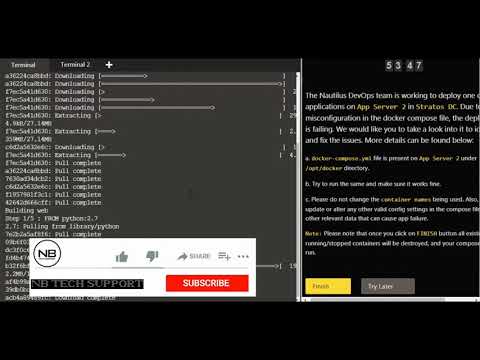
Found 13 images related to docker-compose command not found theme

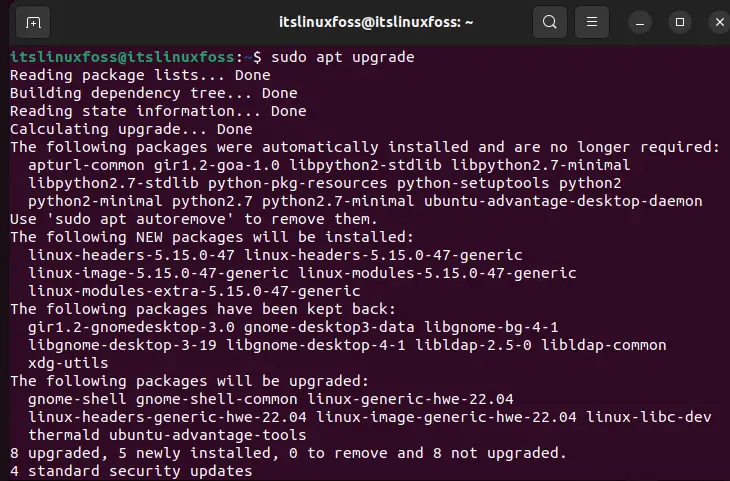
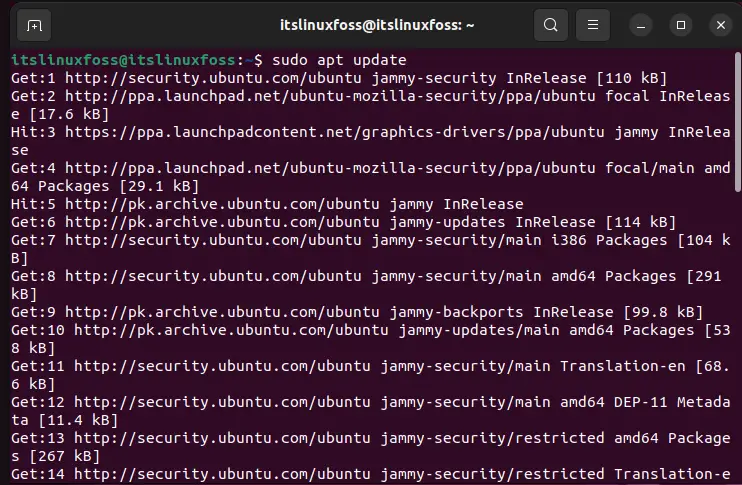





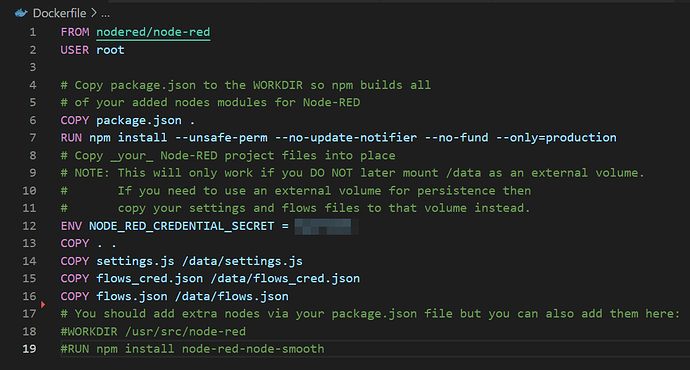

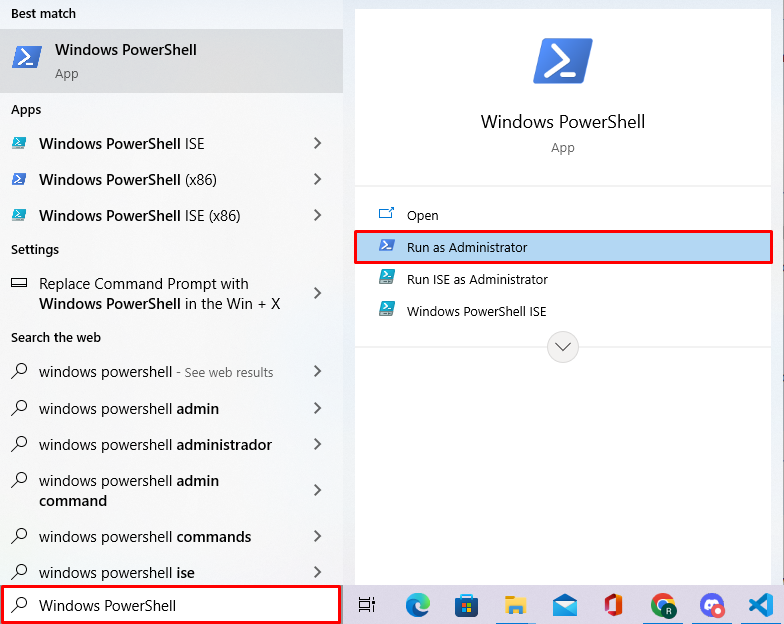

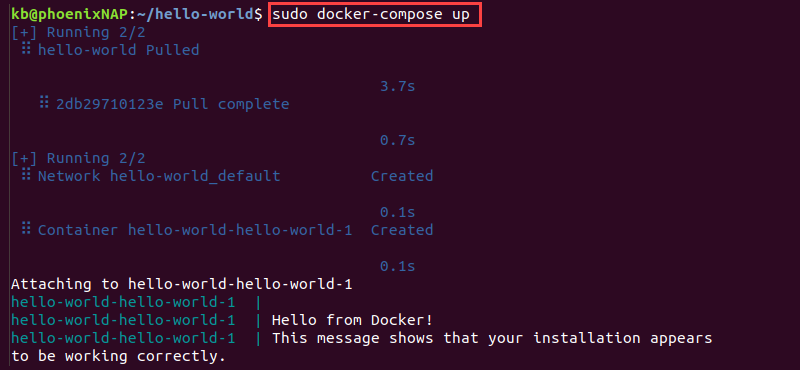
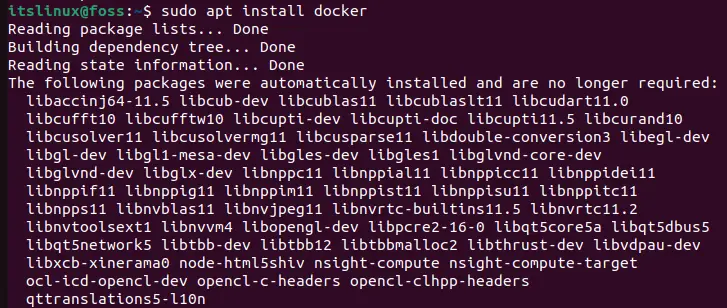
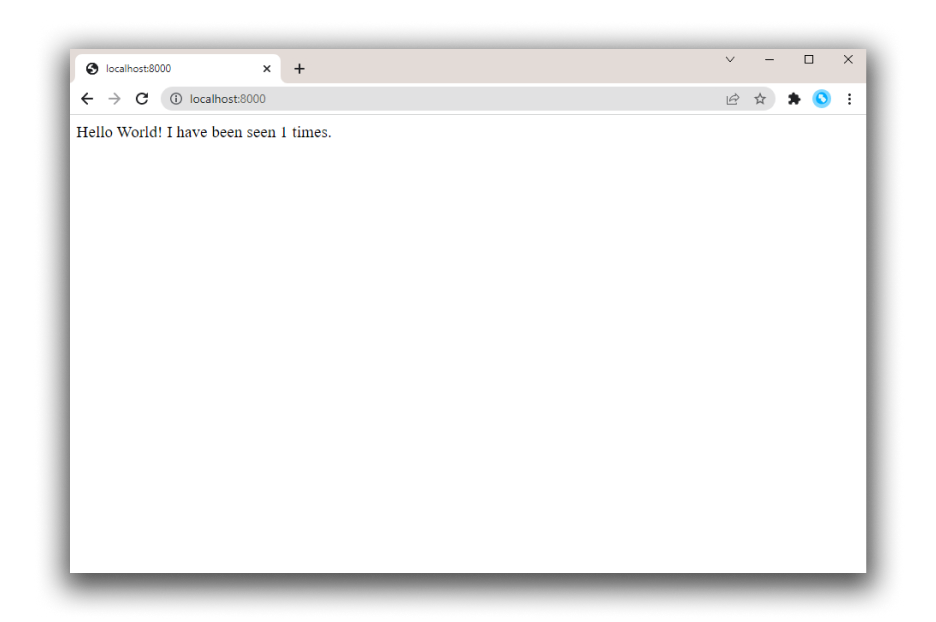








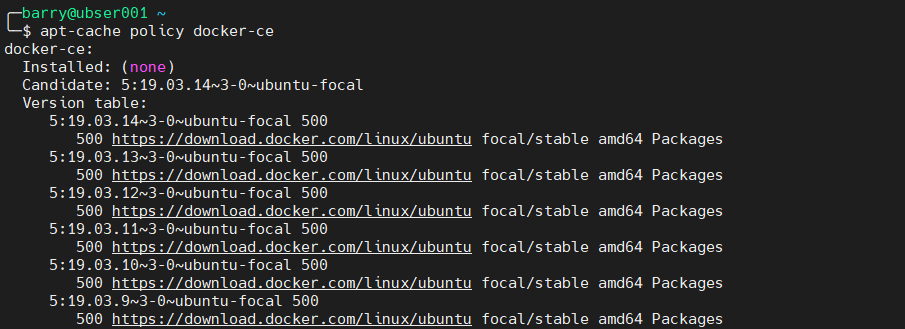

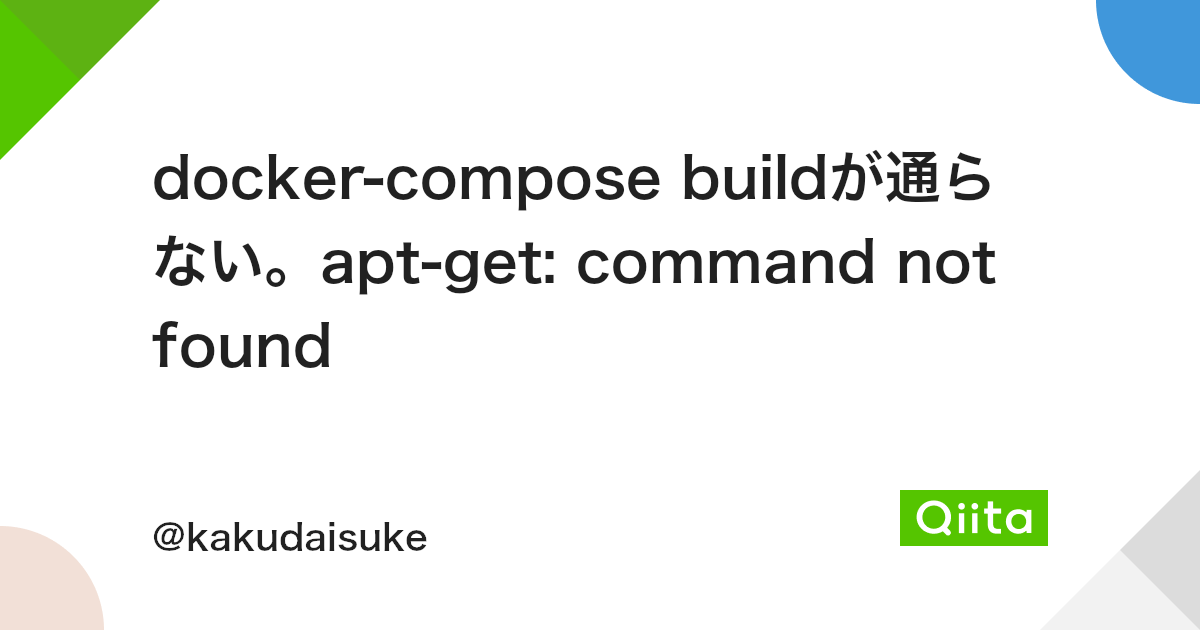
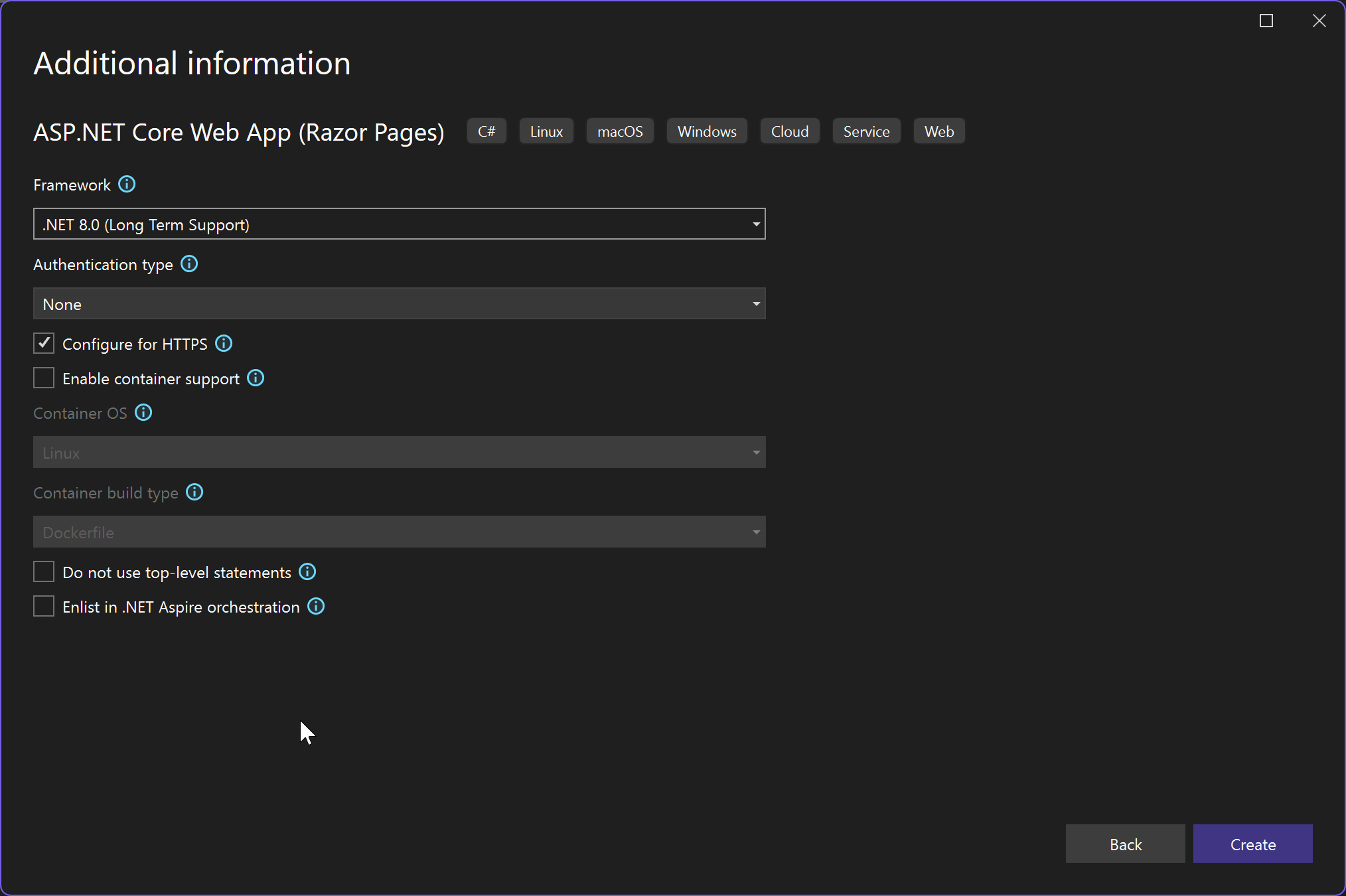

















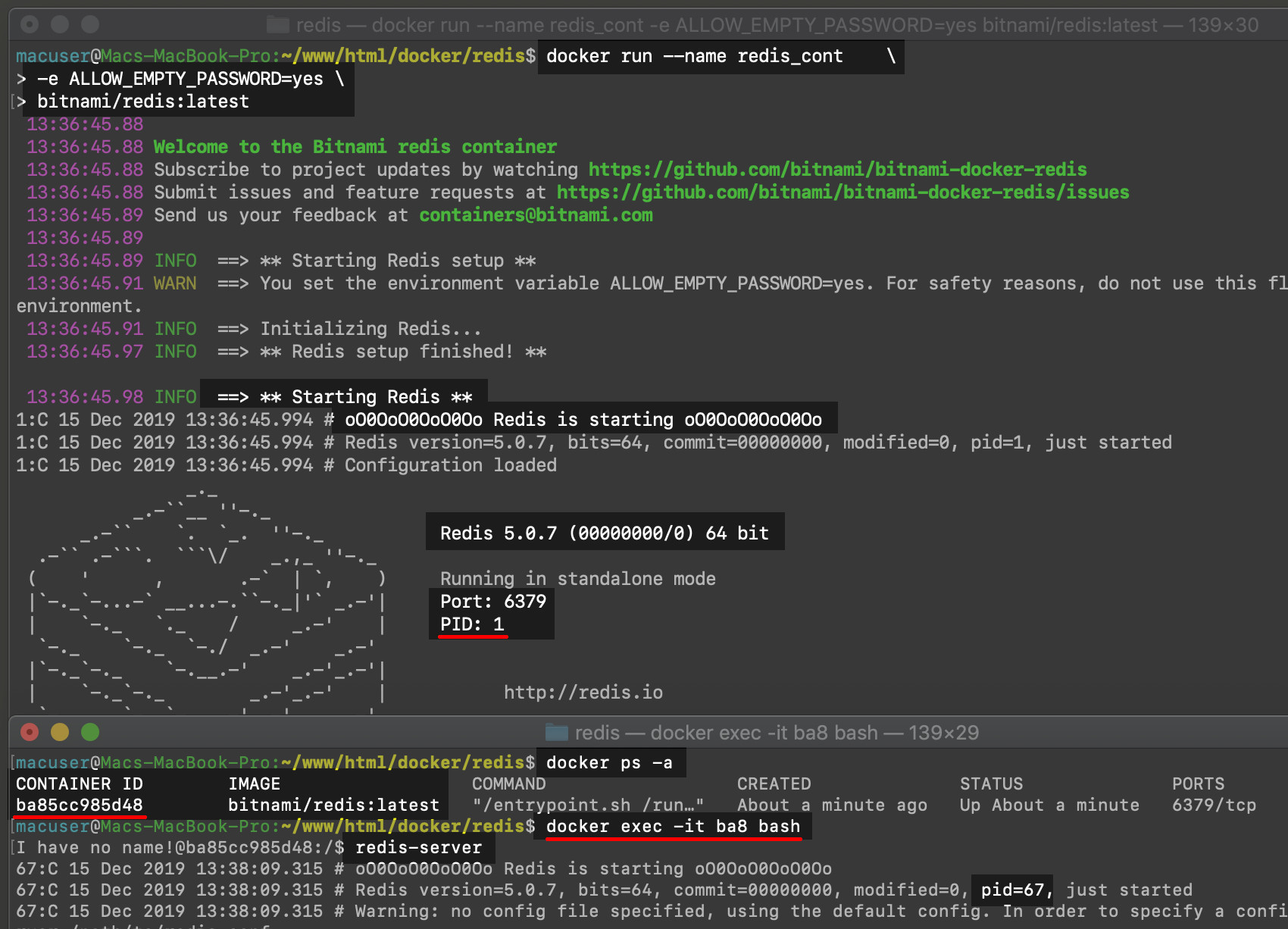



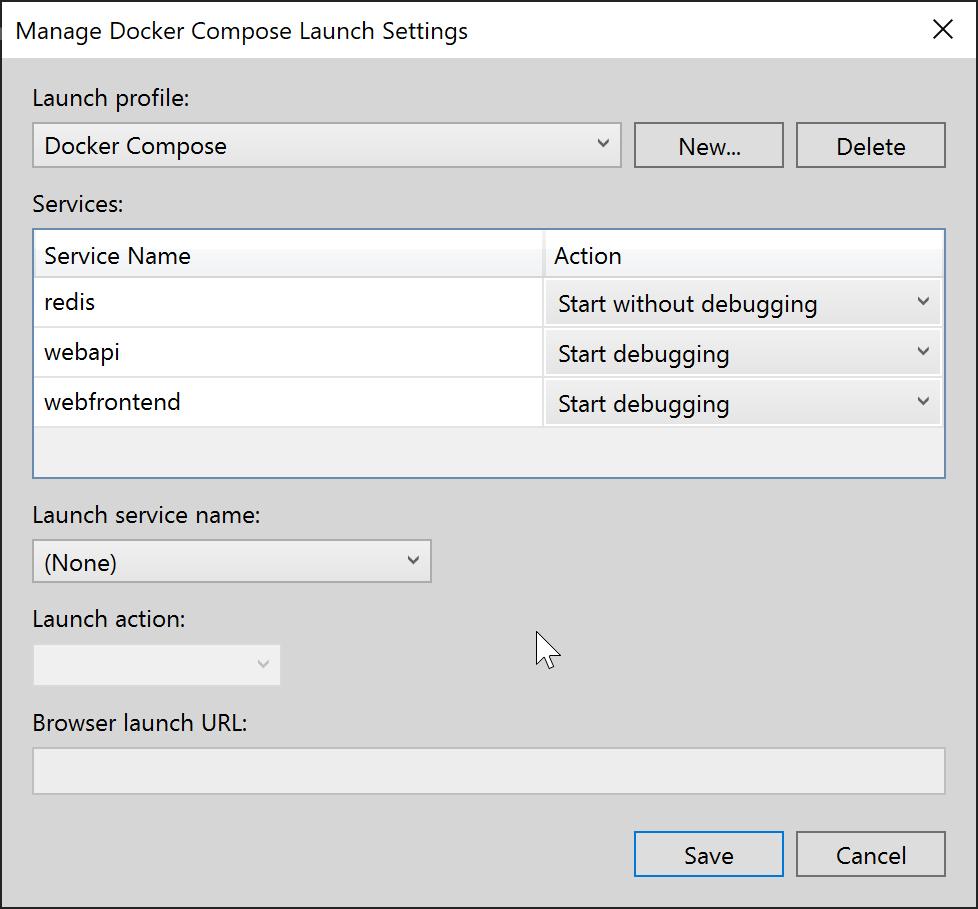
Article link: docker-compose command not found.
Learn more about the topic docker-compose command not found.
- How to Fix the “docker-compose: command not found” Error
- How to fix the “command not found: docker compose” error
- ‘command not found’ when I try to run docker-compose – General
- Why is Docker installed but not Docker Compose?
- How to fix “docker-compose: command not found” – LinuxPip
- “Command ‘docker-compose’ not found” – Ask Ubuntu
- How To Install and Use Docker Compose on CentOS 7
- Docker-compose throwing “command not found” error
- Solving docker-compose: Command not Found Issue – Node35
- ZSH: command not found: docker – Ruslan Rocks